On July 8, the Department of Culture and Sports of Hue City coordinated with the National Museum of History to announce the results of the second phase of exploration and excavation in 2025 at the Lieu Coc Twin Towers relic (Kim Tra ward, Hue city).
From mid-May to late June 2025, phase 2 was excavated, opening two excavation pits with a total area of 60 square meters, including one pit on the east side of the North Tower to clarify the lobby and entrance to the North Tower; one pit on the north and east sides of the South Tower to clarify the scale, structure and entrance to the South Tower.
In addition, the exploration and excavation process also opened 2 exploratory pits with a total area of 6m2 in the North of the North Tower and the South of the South Tower.
The results clearly determined the ground plan, scale and structure of the entire North Tower Temple architecture and part of the ground plan structure of the South Tower Temple. At the same time, in the two exploration pits, archaeologists also determined the location, distance and part of the structure of the northern and southern wall systems of the temple tower area.
Archaeologists have identified Lieu Coc Twin Towers as an architectural complex distributed on a low alluvial mound, located on the right bank, near the Bo River.
The relic is planned in a flat area with two main towers in the center, surrounded by a wall system separating the central area from the outskirts, and the entrance is through the Gate tower architecture.
Notably, Lieu Coc twin towers are the only known relic in Vietnam in particular and the world in general that has two main temples and towers.
Regarding construction techniques, the South Tower as well as the North Tower are both treated with reinforced foundations of sandy clay, and the surface is compacted with dark red Laterite soil. The entire architecture mainly uses bricks as materials. The clay used to make bricks is mined right next to the relic...
Through this exploration and excavation process, it was determined that the two towers were not built at the same time, with a time difference of about 10-20 years. In which, the North tower was built early - late 9th century; the South tower was built later around late 9th century, early 10th century, corresponding to the style of the letters on the stele.
Thus, it can be determined that after 1306, the Lieu Coc Twin Towers gradually deteriorated and were not cared for or restored. Many architectural structures and decorations fell off and were buried in the ground.
However, from this period onwards, although no attention was paid to preservation and construction, there were still people (possibly both Vietnamese and Cham people) who came to offer incense and worship; later, a temple was built to worship Duong Phi (the Lady of the Tower) right in front of the South Tower. After 1945, the relic may have begun to be abandoned and stolen.
Close-up of architectural details of the Lieu Coc Twin Towers relic, Kim Tra ward, Hue city. (Photo: Van Dung/VNA)
Along with revealing traces of architectural foundations, archaeologists also collected 9,380 specimens and fragments of artifacts; mainly focusing on types of architectural materials, architectural decorations, steles, glazed ceramics, porcelain, terracotta and bronze metal fragments. Among them, many corner decorative pieces depicting a bull's head made of yellow-gray sandstone and terracotta decorative pieces show that, during the construction of Lieu Coc tower, in addition to the appearance of stone decorative materials, ancient people still used terracotta decorations.
Deputy Head of the Collection Research Department, National History Museum Nguyen Ngoc Chat shared that after two phases, the excavation area has only stopped at 150m2, more than 6% compared to the planned area of the relic site of 2,428m2.
Meanwhile, the initial results have provided many important scientific data, bringing about many new perceptions as well as unanswered issues, unable to fully identify the history, layout, space and nature of the relic.
To have the most complete and comprehensive overview of Lieu Coc temple tower, archaeologists need to expand the excavation area; create the premise and motivation for research, establish a specific space or higher, a Champa cultural museum to concentrate the artifacts and documents that Hue possesses to introduce and promote this unique cultural heritage.
“The locality needs to soon research and build a project to build a roof for the two main towers; research and preserve the structure of the brick tower; clear the land and rocks, create a landscape for the relic; build a dossier explaining the relic in accordance with its inherent value and have a solution to preserve Duong Phi temple in accordance with the overall relic, making it a highlight for the space of the relic,” Mr. Nguyen Ngoc Chat suggested./.
(Vietnam News Agency/Vietnam+)
Source: https://www.vietnamplus.vn/cong-bo-ket-qua-khai-quat-di-san-quoc-gia-thap-doi-lieu-coc-post1048516.vnp



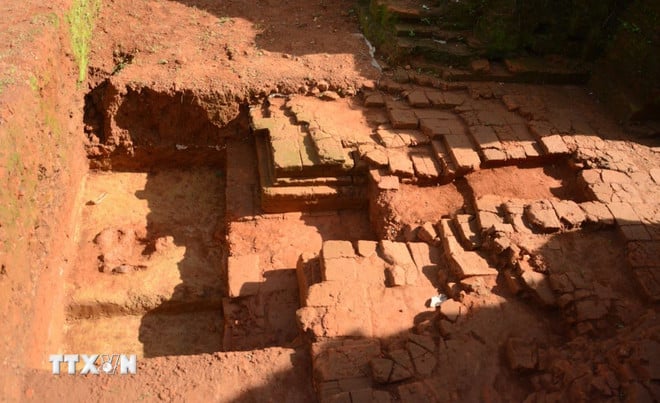
![[Photo] Prime Minister Pham Minh Chinh chairs meeting of National Steering Committee on International Integration](https://vphoto.vietnam.vn/thumb/1200x675/vietnam/resource/IMAGE/2025/8/26/9d34a506f9fb42ac90a48179fc89abb3)

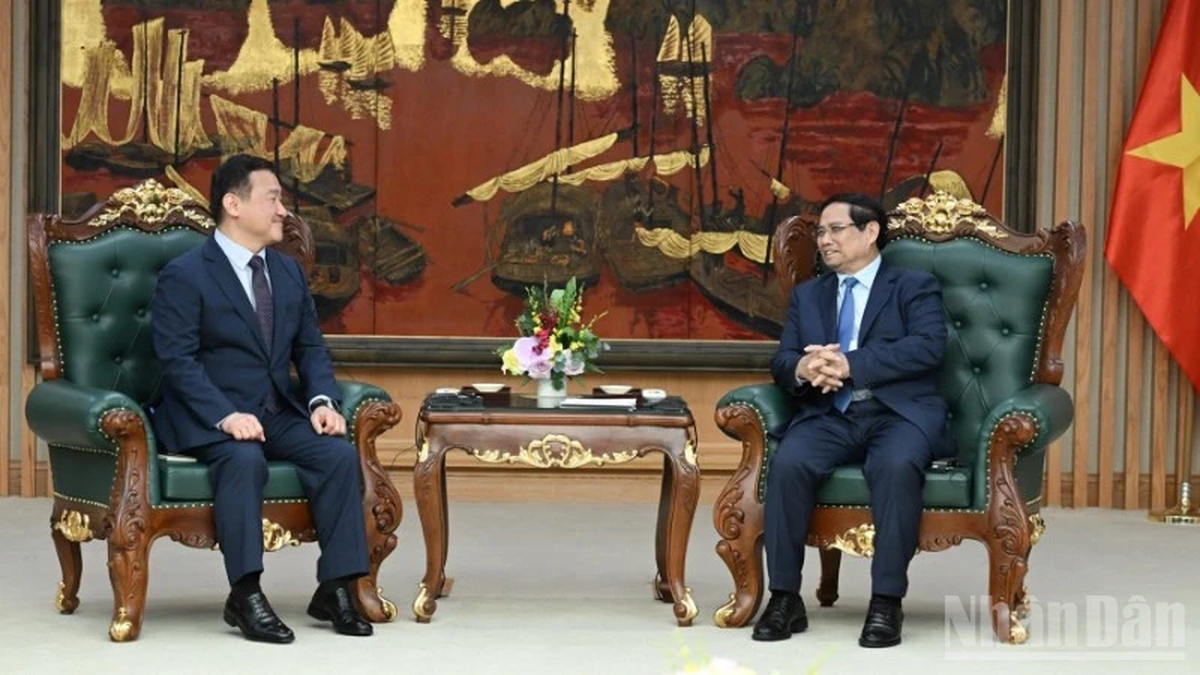
![[Photo] Multi-colored cultural space at the Exhibition "80 years of the journey of Independence - Freedom - Happiness"](https://vphoto.vietnam.vn/thumb/1200x675/vietnam/resource/IMAGE/2025/8/26/fe69de34803e4ac1bf88ce49813d95d8)
![[Photo] Prime Minister Pham Minh Chinh receives CEO of Samsung Electronics](https://vphoto.vietnam.vn/thumb/1200x675/vietnam/resource/IMAGE/2025/8/26/373f5db99f704e6eb1321c787485c3c2)

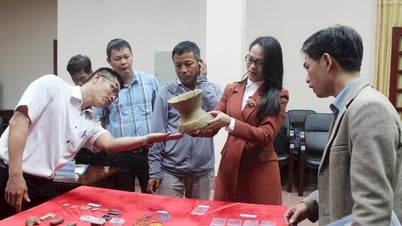

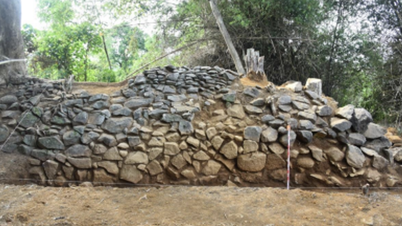

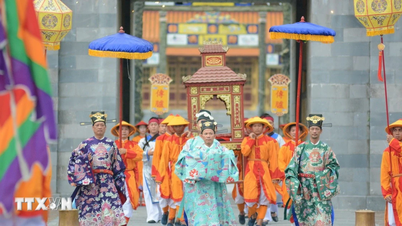
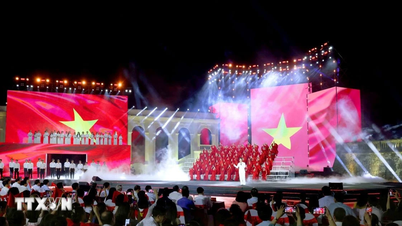
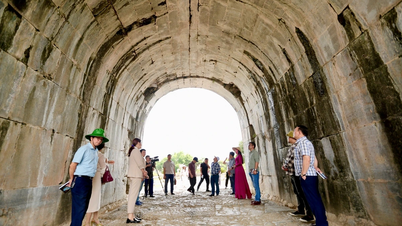



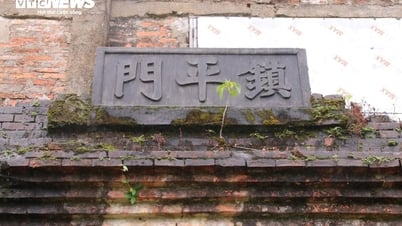

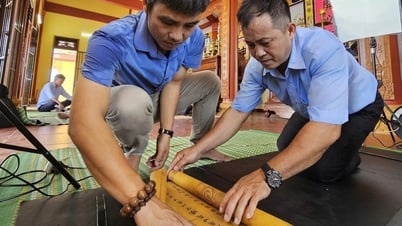

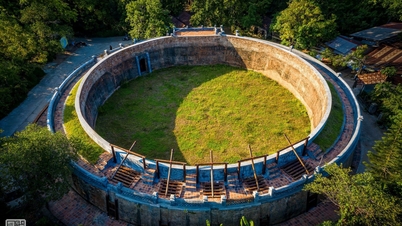

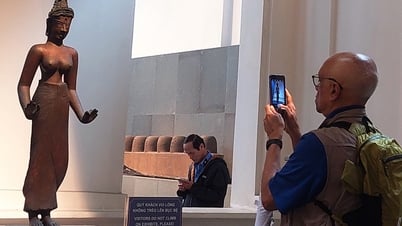


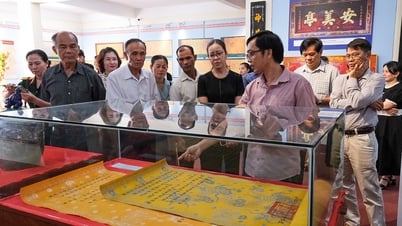







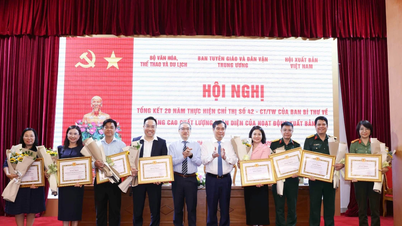

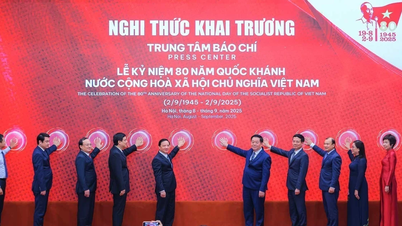

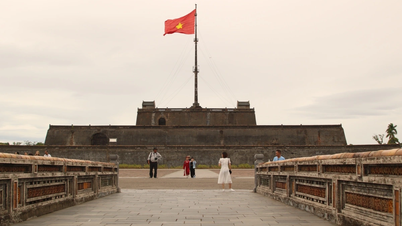
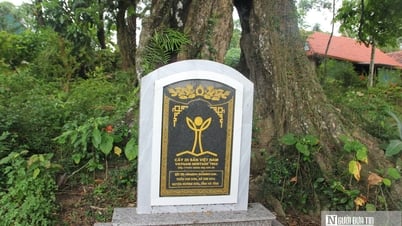

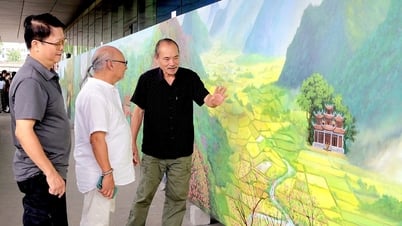






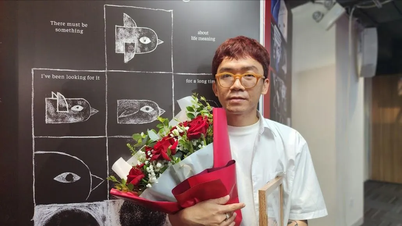

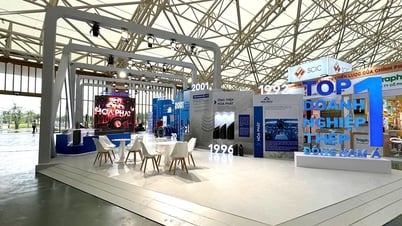

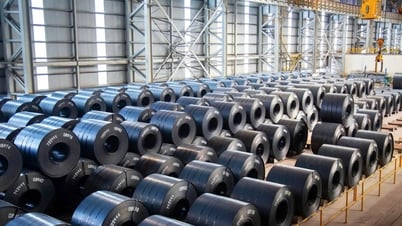


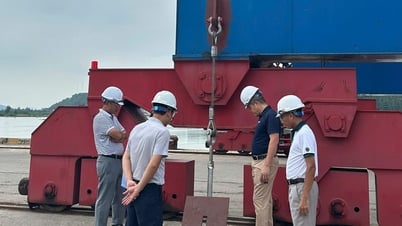




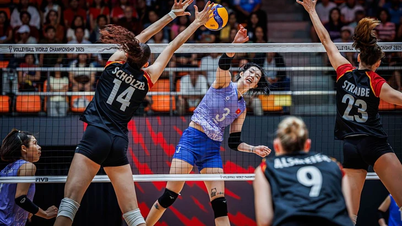

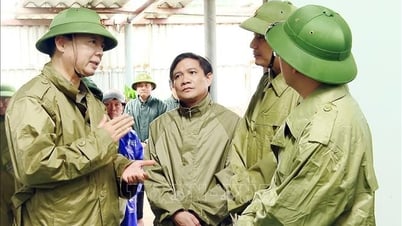








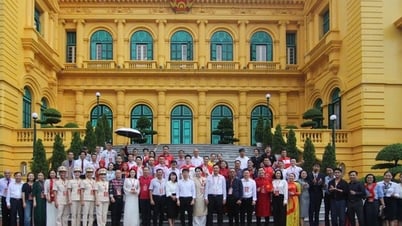




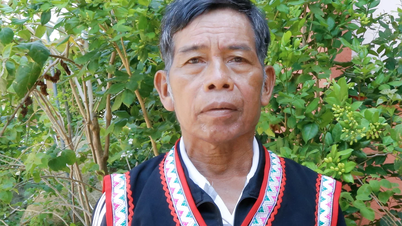


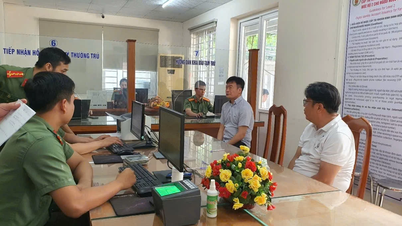

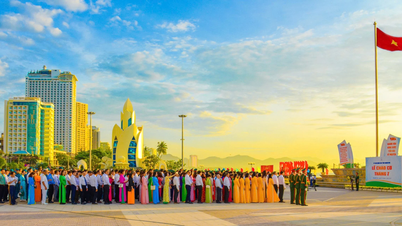


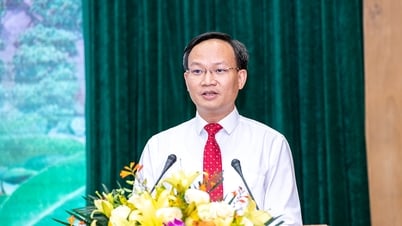


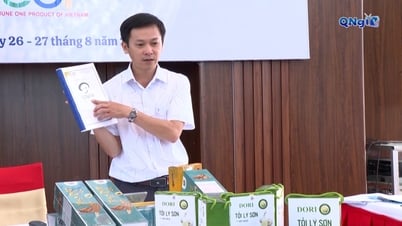



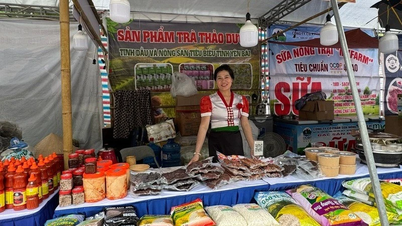





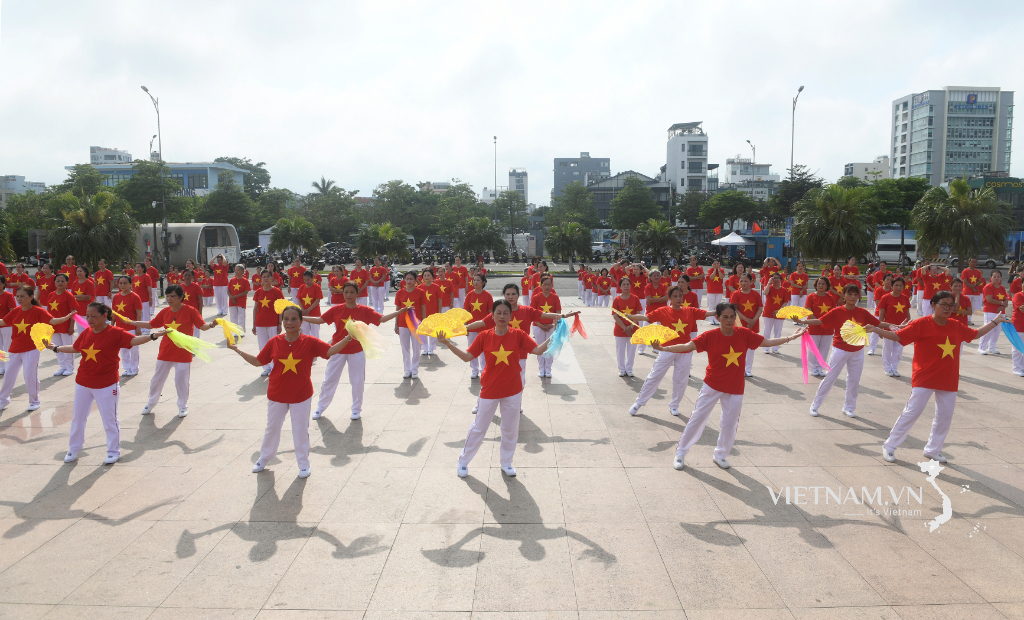
Comment (0)